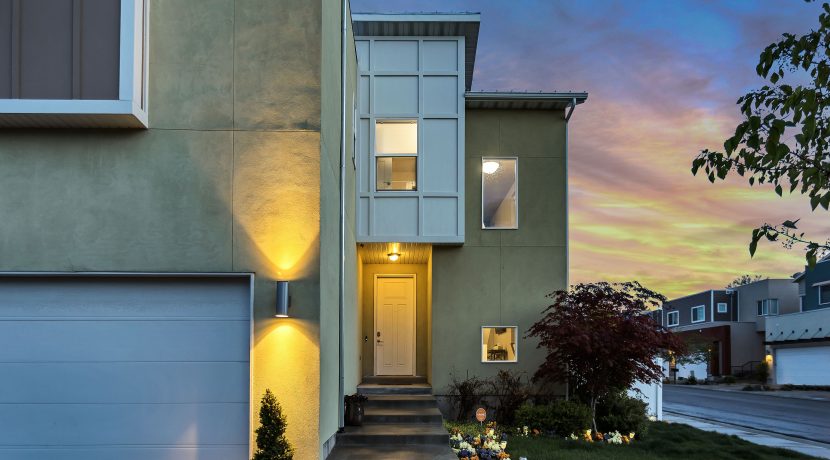A considerable gap still exists between listed and achieved property prices in Dubai, with a lot of sellers having unrealistic price expectations. This results in a lot of properties lying on the market for a longer timeframe, unable to clinch a sale.
It’s imperative for sellers to realise that they have to list their property at the right price.
“Many people feel there is no harm in listing at a higher price to test the market but the reality is that it doesn’t work, as the property then appears to stick in the market.
“By the time the owners reduce, clients in the market will already have seen it online for a period of time and start to think that there is something wrong with it. Also, there is the risk that an owner could chase the market downwards,” says Lewis Allsopp, CEO, Allsopp & Allsopp.
However, according to Global Capital Partners, the average spread between listed and transacted prices across a sample of high-end communities has reduced significantly from 23 per cent in 2015 to 16 per cent today.
Interest in secondary market
“Now, this spread is actually lower when it comes to the lower end of the market, but the trend is clear: sellers are becoming more realistic; this is partly the reason why there has been a greater interest in the secondary market this year,” observes Hussain Alladin, head of IR and research, Global Capital Partners.
On average, realtors are seeing between 60 to 90 days from a property being listed to the point of sale.
The velocity of transactions in the luxury market has been considerably less, implying that luxury properties have taken longer to sell, sometimes by as much as three to four months, informs Alladin.
“Usually, a property will need two to three months of advertising and viewings to secure the sale. Interestingly, in our UK office, the average time for sales achieved is much less. I would attribute this to more data points, such as evidence of recent sales, in the UK, which helps the owners make a more informed decision of their marketing price. As an agent, we know the market and we can advise what is going on, but an owner will have scepticism about what we are saying, so the more data we can provide, the better,” Allsopp points out.
Propertyfinder Group has released a pricing tool which will allow real estate agents across the UAE to compare free of charge advertised prices to achieved prices for properties in real time. It uses Propertyfinder data, government transactions data and verified self-reported transactions from brokers. This initiative is expected to drastically reduce the number of days properties stay on the market by making sellers more realistic on pricing expectations, and consequently bridge the negotiations between a buyer and seller or a renter and a landlord.
“Price Finder takes the subjectiveness out of the process. When an agent is working with a buyer, seller, renter or landlord, the truth is in the actual transactional data,” says Lynnette Abad, head of data and research at Propertyfinder Group. “This gives the agent leverage from the very beginning, as well as credibility with their client which saves the agent and client an immense amount of time to complete a transaction.”
Unrealistic sellers
Although a lot of sellers have realistic price expectations and as a result manage to secure a sale in the average timeframe, on the whole, there are still more unrealistic sellers, say market observers.
“There are a lot of efforts at the moment, led by the Dubai Land Department, to collect and release more data to the market and increase transparency. This is much needed and it will help property owners be more realistic with their expectations. The other factor is to work with a trusted broker and take their advice,” concludes Allsopp.

